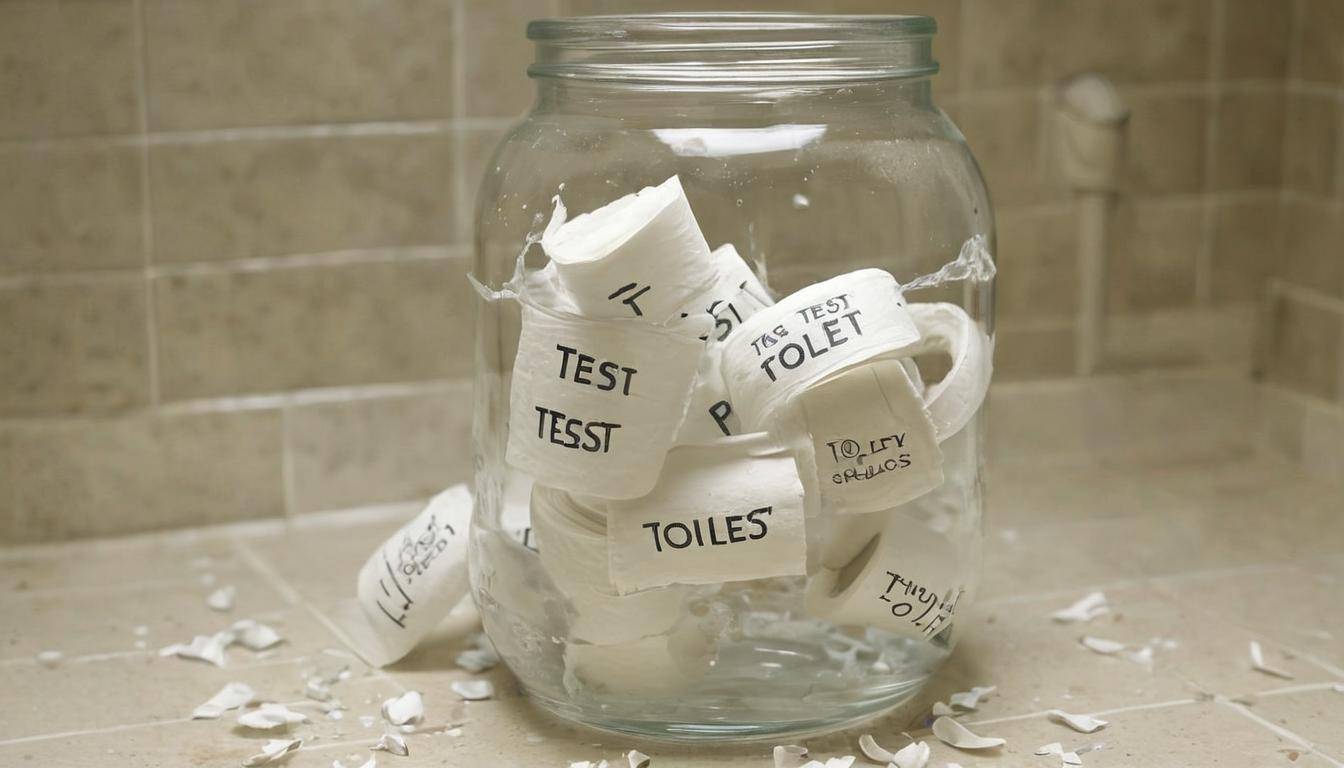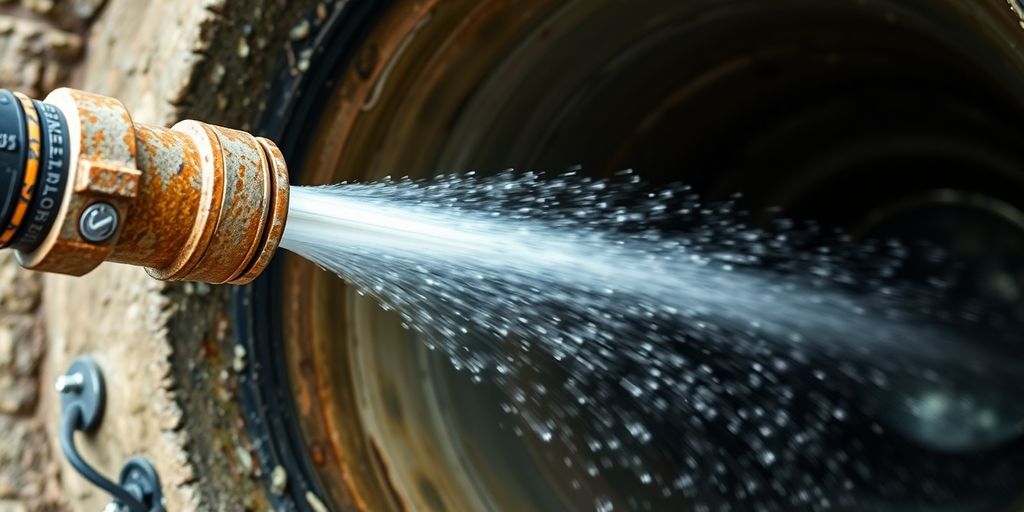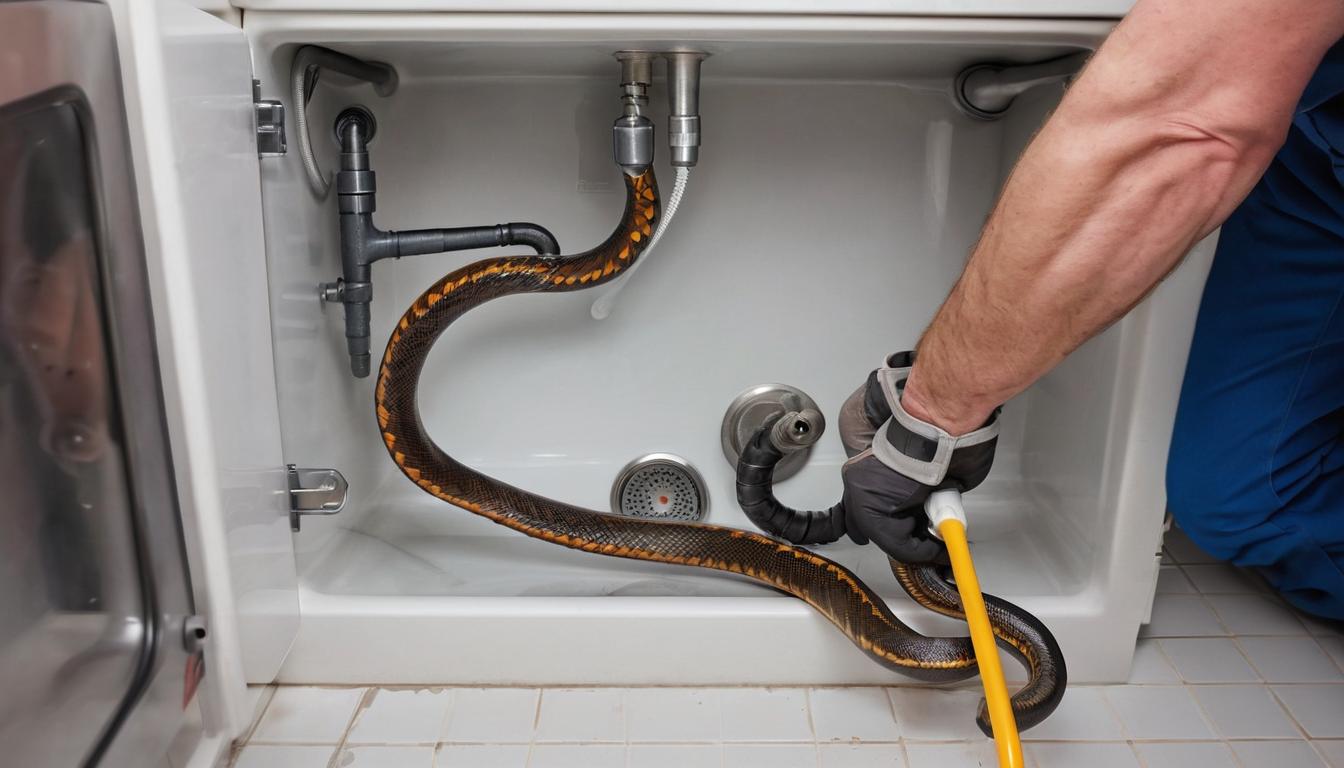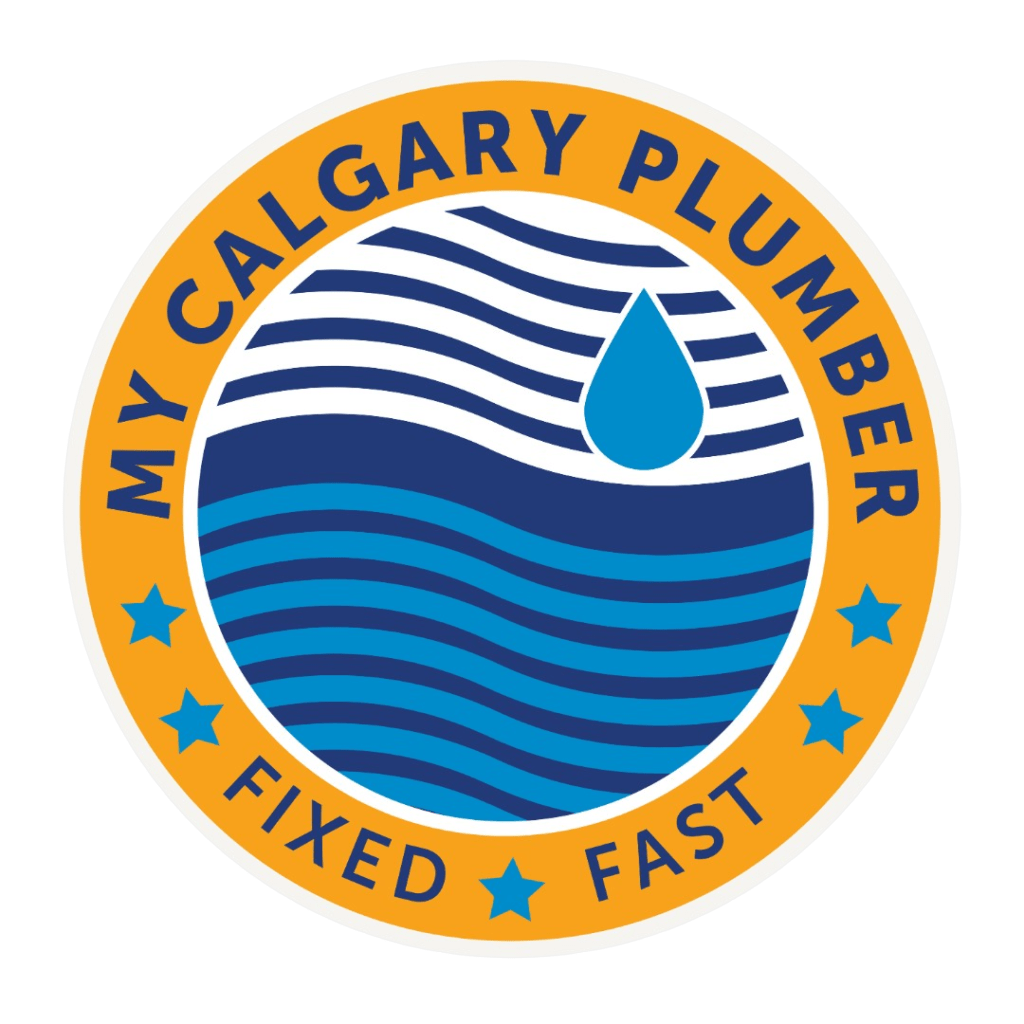Standing ankle-deep in soapy water every time you shower can quickly turn an everyday routine into a chore. The frustration builds when you realize your once simple shower is now a swampy mess. But there’s some good news: you don’t always need to call a professional plumber in Calgary to rescue your drain. With the right guidance, you can tackle this common issue yourself, saving both time and money.
Our step-by-step guide breaks down proven DIY methods that many homeowners have successfully used. We have gathered these tips from experts and spent countless hours perfecting them for clarity and effectiveness. The first tool in your unclogging arsenal might just be something you’ve had all along – let’s dive into a practical technique you’ll appreciate for its simplicity and effectiveness.
If your shower drain is clogged, you can start by using a plunger to attempt to clear the blockage. If that doesn’t work, you can try using a chemical drain cleaner or a homemade solution of vinegar and baking soda. If the clog persists, it’s best to contact a professional plumber to assess and resolve the issue efficiently. Remember to avoid using excessive force or damaging chemicals as they may worsen the problem.
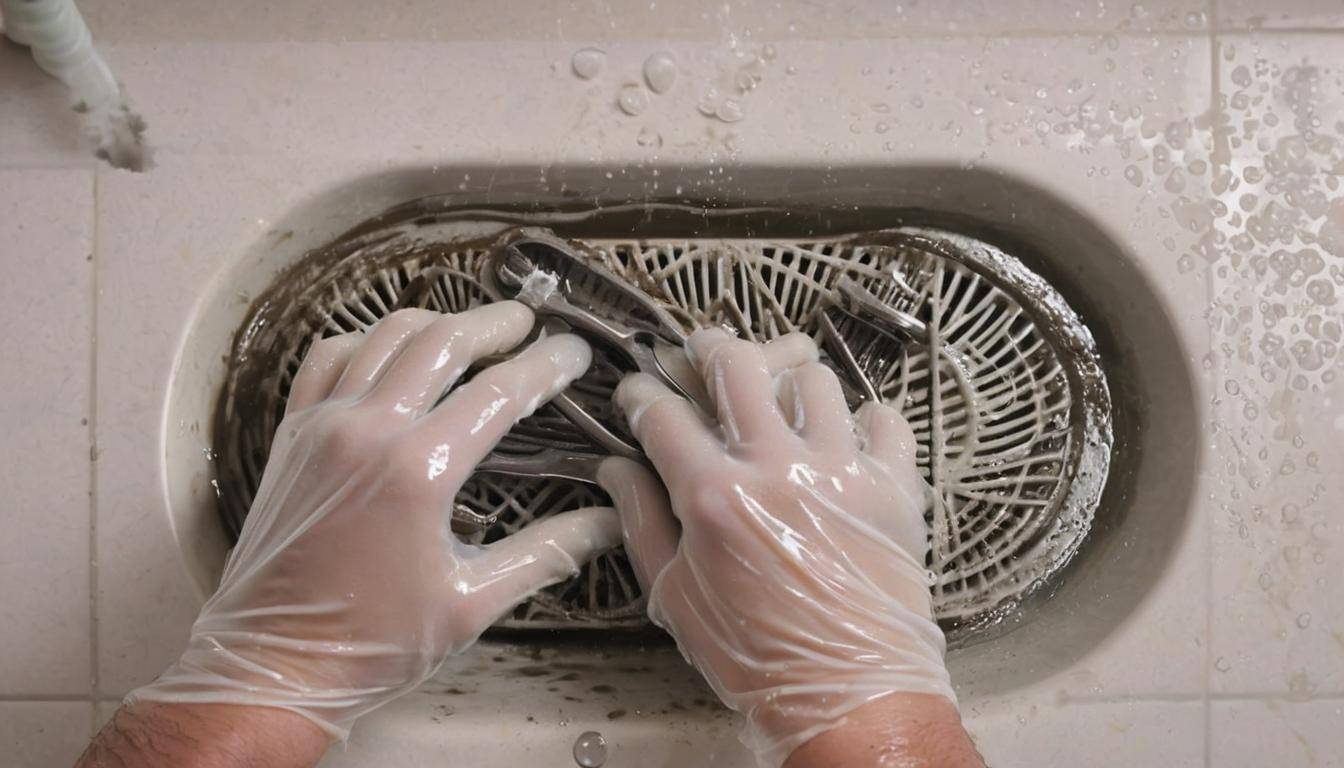
Using A Plunger
The plunger, a common tool for clearing toilet clogs, can also be effective for unclogging your shower drain. However, there’s more technique involved than meets the eye.
First things first, before placing the plunger over the drain, ensure there’s no standing water in the shower. This is because standing water can reduce the plunge’s effectiveness and prevent the plunger from creating a good seal. Also, covering the overflow drain with a wet cloth can increase suction and pressure, directing force solely towards dislodging the clog. It’s crucial to aim for a snug fit between the plunger and the drain.
Once you’ve prepared the area, place the plunger over the drain opening and apply steady yet forceful pressure. The goal here is to push down as forcefully as possible and then pull up sharply to create a powerful suction within the pipe. Repeating these plunging motions vigorously several times can effectively dislodge minor clogs within the pipes.
Patience and persistence are key during this process; you may not achieve immediate success, especially if it’s a stubborn clog. After spending a few minutes plunging, perform a quick test by running some water into the drain. If it drains slowly or remains clogged, you may repeat this process multiple times until you achieve the desired results.
If repeated attempts with the plunger don’t yield progress, it’s time to consider alternate methods to tackle that pesky clog in your shower drain.
Vinegar And Baking Soda Method
Just when you thought vinegar and baking soda were only good for science experiments and salad dressings, they come to the rescue for your clogged shower drain. This natural cleaning duo might not erupt into a volcanic explosion like in a science fair volcano, but it creates a fizz that can help dislodge those stubborn blockages.
Step I – Initial Setup
Firstly, boil some water in a pot (not too much, just a standard-sized pot). Once it’s bubbling and hot, carefully pour it down the drain. The boiling water helps loosen up whatever gunk has gummed up the works in the pipes. For best results, wait about 5-10 minutes before moving on to the next step.
Step II – Application of Mixtures
Next, reach for the baking soda from your pantry or fridge—yes, it’s versatile. Measure out a half cupful and tip it into the drain, making sure as much of it goes down as possible.
After getting the baking soda in there, mix one cup of white vinegar with another cup of really hot water. Pour this mixture down the drain immediately after adding the baking soda. Stand back because it’s going to start fizzing (kids love watching this part). The fizzy reaction isn’t just fun to watch; it helps break down organic material that’s clogging up your drain without damaging any of your plumbing.
Step III – Rinsing
There’s still one more step to do. Leave everything alone! Don’t run any water for about 15 minutes to give the concoction time to work its dissolving magic. Then, to cap off this process with a bang (a harmless one), boil another pot of water and pour all of it down the drain. This final flush should clear away any debris that’s been dislodged by the action of the baking soda-vinegar solution.
This method is eco-friendly and great for small blockages that have built up over time—no harsh chemicals needed. It’s amazing how simple household ingredients can clean out your shower drain quite effectively without having to resort to commercial drain cleaners or calling in a plumber.
With an increasing number of families choosing DIY solutions over professional services for household tasks, let’s now move on toward understanding another popular technique for clearing stubborn blockages—using a snake to remedy nasty clogs in your drainage system.
Removing Blockages With A Snake
You’ve tried the vinegar and baking soda method, yet the water in your shower drain is still taking ages to go down. What now? It might be time to bring in a plumber’s secret weapon: the plumbing snake, also known as an auger. This tool is designed to break up and remove stubborn clogs deep within your pipes.
The great thing about a plumbing snake is that it’s not just about moving the clog around; it’s about entirely dispelling it. When you push the snake into your drain and twist it, you’re effectively breaking up the gunk causing the problem, facilitating its removal. This method allows for direct contact with the clog and can be more effective than other methods like pouring chemicals or hot water down the drain.
Step I – Obtain a Plumbing Snake
If you don’t already own a plumbing snake, you’ll need to obtain one. You can buy or rent one from a hardware store, ensuring to pick one specifically designed for use with shower drains.
Step II – Inserting the Snake
Once you have your snake in hand:
- Carefully remove the drain cover to access the drain opening.
- Gently insert the snake into the drain until you feel resistance, indicating that you’ve reached the clog.
Step III – Breaking Up the Clog
Now comes the crucial part:
- Start rotating the handle of the snake to break up the clog and push through the blockage.
- As you turn and push, you should feel the resistance lessen, signifying that progress is being made.
Step IV – Testing the Drain
Once you feel confident that you’ve cleared the clog:
- Run hot water down the drain to check if it now flows freely.
- If your efforts have been successful and the water drains without issue, clean up any debris and replace the drain cover.
While using a plumbing snake does require some precision and care, it remains an excellent choice for tackling persistent shower drain clogs. By combining mechanical force with direct contact with the blockage, this method proves to be a reliable solution for keeping your drains running smoothly without resorting to harsh chemicals or unnecessary expenses.
In searching for solutions to clear your shower drain with added strength and precision, sometimes an extra arsenal is required. Let’s now turn our attention to other means by which we can win this battle against tenacious clogs, segueing into “Chemical Solutions”.
Chemical Solutions
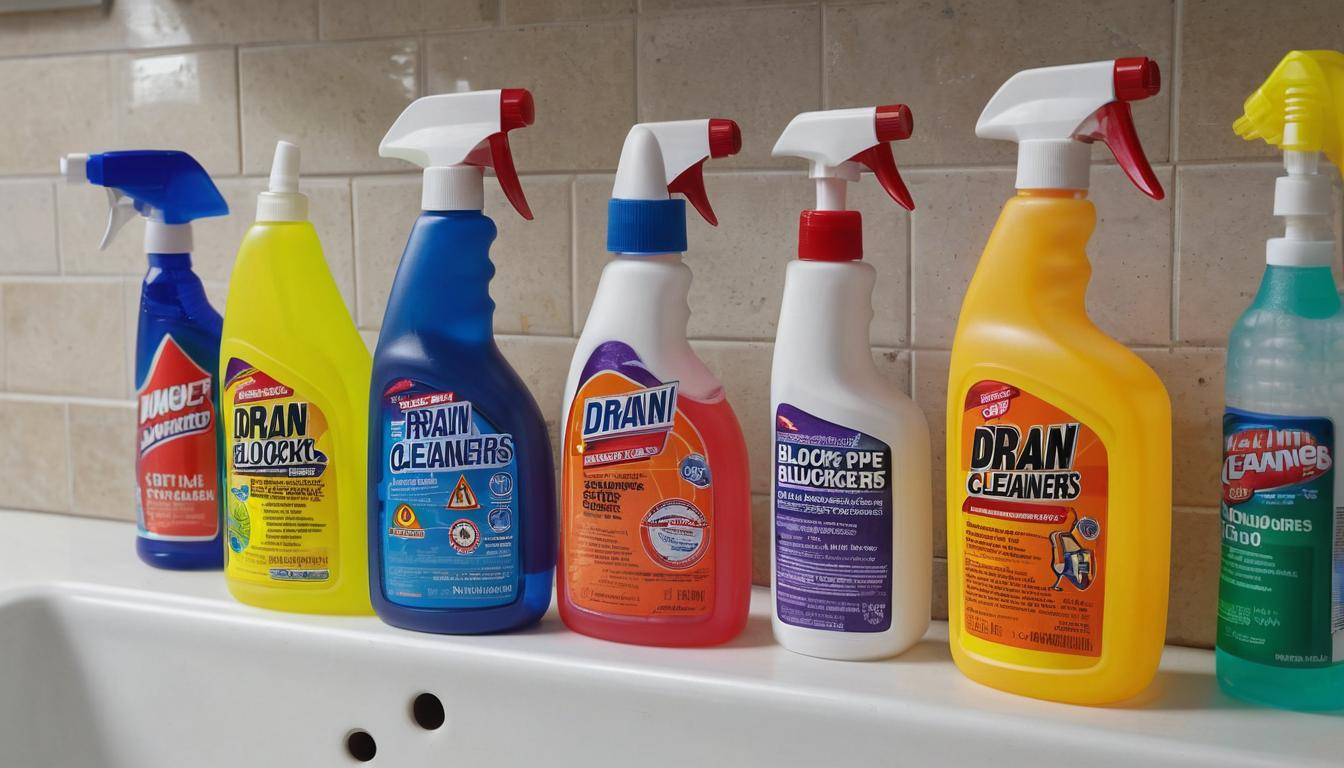
When confronted with a stubbornly clogged shower drain, chemical drain cleaners can sometimes come in handy. Before using a chemical solution, it’s crucial to select the right one for the job. Look for a cleaner explicitly designed for bathroom drains and capable of dissolving hair and soap scum, as these are common culprits behind shower drain blockages.
Hair and soap scum accumulate inside the drain over time, leading to a tough and unyielding clog. A chemical solution that effectively breaks down these materials is necessary for ensuring the success of this method. Ensure you carefully read all safety guidelines on the product packaging before use, as these solutions can be hazardous if not handled properly.
Imagine that you have picked up a bottle of drain cleaner and before using it, you take some time to do a quick spot of reading on the label. You notice that it specifically targets hair and soap scum removal while also emphasizing its safety guidelines.
Step I – Choosing the Right Chemical
Make sure the chemical drain cleaner is suited for bathroom drains and has hair- and soap-dissolving properties mentioned explicitly on the packaging. Read all safety guidelines thoroughly before using it to ensure safe handling.
To give you even more insight, here is a small table summarizing this step:
| What to Check | Why It’s Important |
|---|---|
| Bathroom Drain Compatibility | Ensures product effectiveness |
| Dissolves Hair and Soap Scum | Targets common causes of clogs |
| Safety Guidelines | Ensures safe handling |
With the suitable chemical solution in hand, next comes pouring it down your shower drain—let’s dive into this step further.
Using A Pressure Washer
When traditional methods fail, a pressure washer can provide the force needed to dislodge stubborn obstructions within your pipes. However, using such equipment requires careful attention to detail and safety measures.
Step 1 – Preparing for Safe Operation
Prioritize safety before you start with a pressure washer. Wear protective gear, including safety goggles and gloves, to guard against potential injury from high-pressure water. Also, ensure that it’s safe to use a pressure washer with your specific plumbing setup. Not all pipes can handle the force of a pressure washer, so caution is key.
Furthermore, take note of any electrical connections or devices near the area where you’ll be operating the pressure washer. The mixture of water and electricity can lead to hazardous situations if care isn’t taken to minimize these risks. It’s essential to conduct a thorough check to prevent accidents.
Step 2 – Configuring the Pressure Washer
Attach a specialized drain-cleaning nozzle to the end of the pressure washer hose. Once securely in place, carefully insert the nozzle into the affected drain, ensuring that it sits snugly within while maintaining stability.
Step 3 – Operating the Pressure Washer
Activate the pressure washer and gradually advance the hose deeper into the drain while it’s running. The force exerted by the high-pressure water is particularly effective at dislodging persistent clogs lodged within your plumbing system.
However, avoid excessive force when pushing the nozzle into the drain to prevent damage to your pipes. Start with gentle progress until you encounter resistance from the clog.
Step 4 – Testing Clearing Results
After applying the pressure washer, turn off the equipment and carefully extract the hose from the drain opening. To verify success, run water through the drain and observe its flow. If your efforts were successful, you should notice a significant improvement in drainage.
Of course, bear in mind that this method is most suitable for persistent or severe clogs that have resisted other attempts at removal. It requires proper equipment handling and an understanding of potential risks involved. Consulting professional assistance may be necessary if you’re uncertain about navigating through these steps or suspect significant issues with your plumbing.
A primary incentive for tackling clogs on your own is saving both money and time, but when does it become necessary to enlist professional help? We’ll ascertain when it’s time to bring in expert hands for your plumbing needs.
When To Seek Professional Help
When the methods discussed earlier don’t fully resolve your recurring clogging issue, or you’re continuously facing multiple slow drains, unpleasant smells, or persistent clogs, it’s essential to consider reaching out to professionals. These signs could indicate more complex plumbing issues that need specialized attention.
Even if you feel handy, some plumbing issues could be stubborn and can benefit from the expertise of professionals. Multiple slow drains might hint at a larger issue within the plumbing system that needs immediate addressing, whereas recurring clogs are often indicators of an underlying problem. Calling in professional help early can prevent minor issues from mushrooming into costly problems later on.
Imagine a scenario where the shower drain remains sluggish despite numerous attempts at DIY unclogging using various methods. Persistent slow drainage might be linked to a deeper problem, such as a partial obstruction further down the pipeline. Unaddressed, this has the potential to worsen, leading to even more extensive damage and costs.
Seeking professional assistance when you encounter these challenges provides peace of mind and ensures a thorough resolution without running the risk of unintentionally causing damage to your plumbing system. The expertise and specialized equipment provided by plumbing professionals play an integral role in not only identifying but also effectively addressing complex issues.
A reliable service like My Calgary Plumber offers benefits beyond just fixing what seems broken. They are equipped to perform comprehensive camera inspections to pinpoint hidden problems such as pipe damage or severe obstructions that might be causing persistent clogs. Additionally, professional plumbers are well-versed in providing long-term preventive solutions to mitigate the chances of future clogs, ensuring prolonged efficiency and functionality for your plumbing system.
Therefore, recognizing when it’s time to seek professional help with your shower drain woes is crucial in preventing any small nuisance from turning into major troubles later on.


